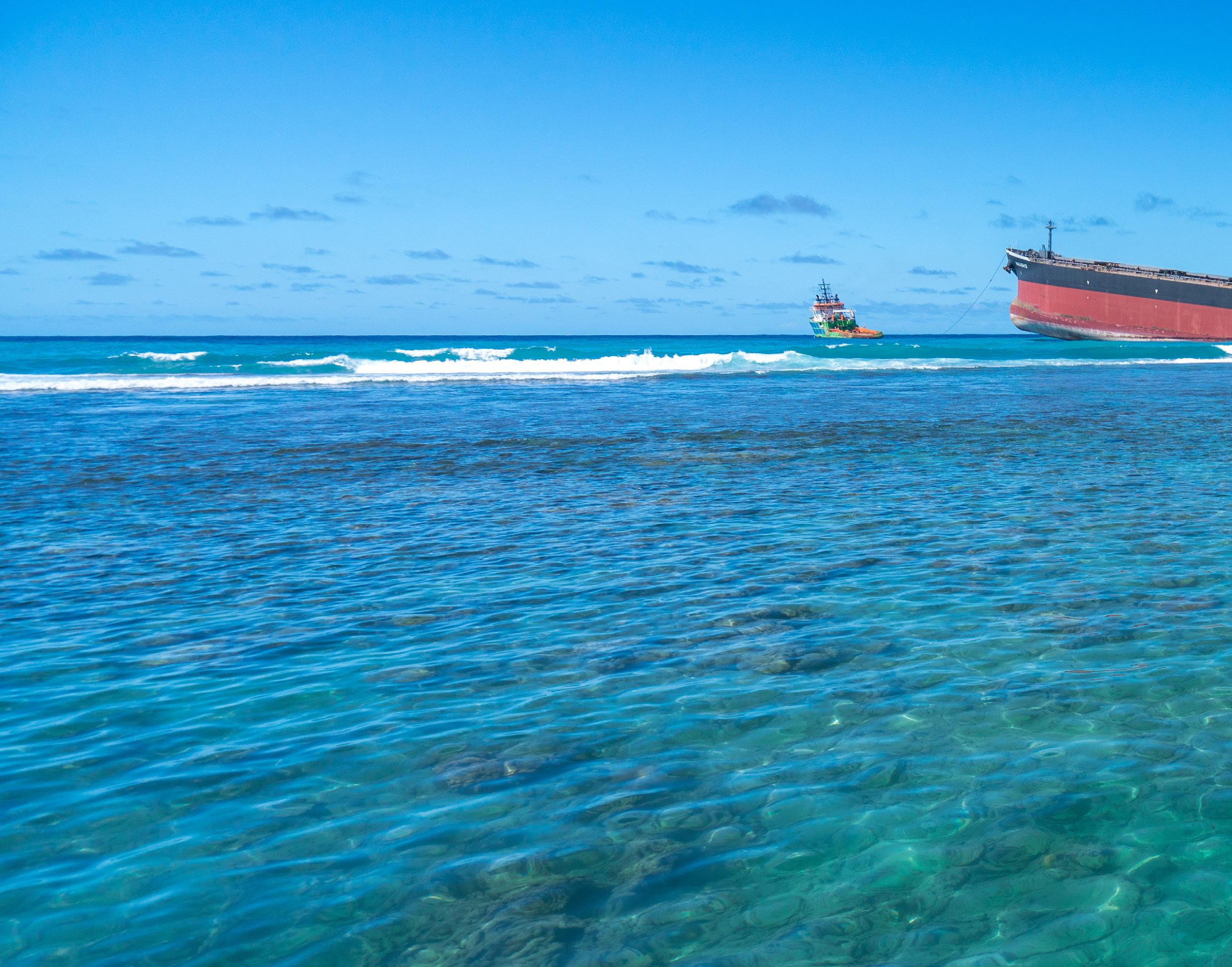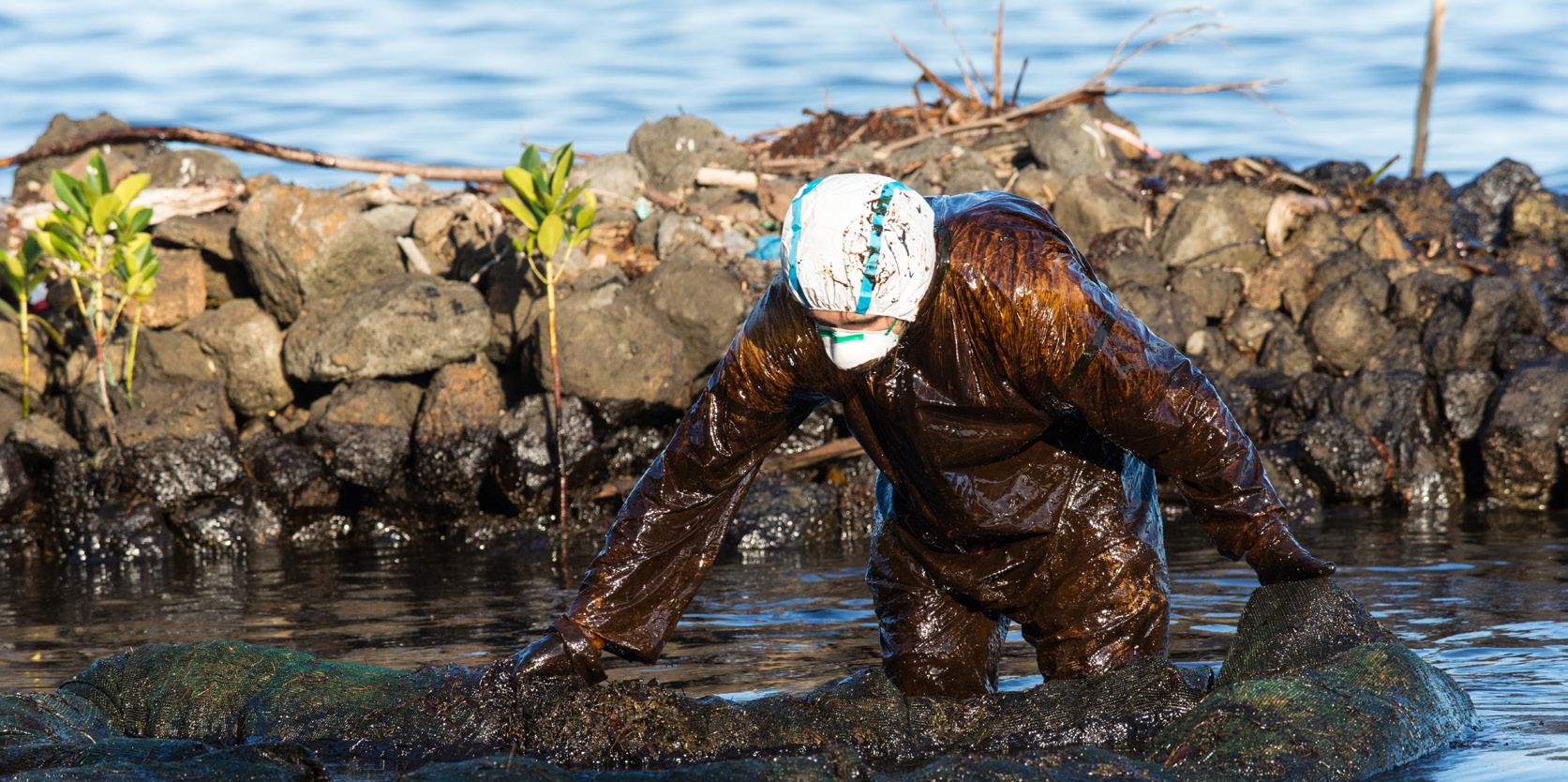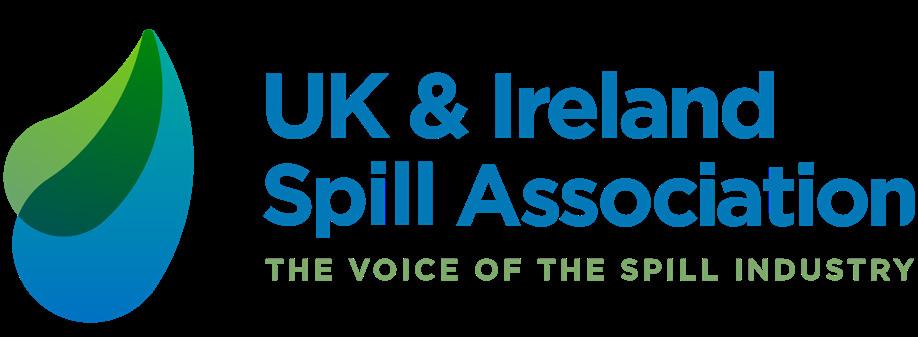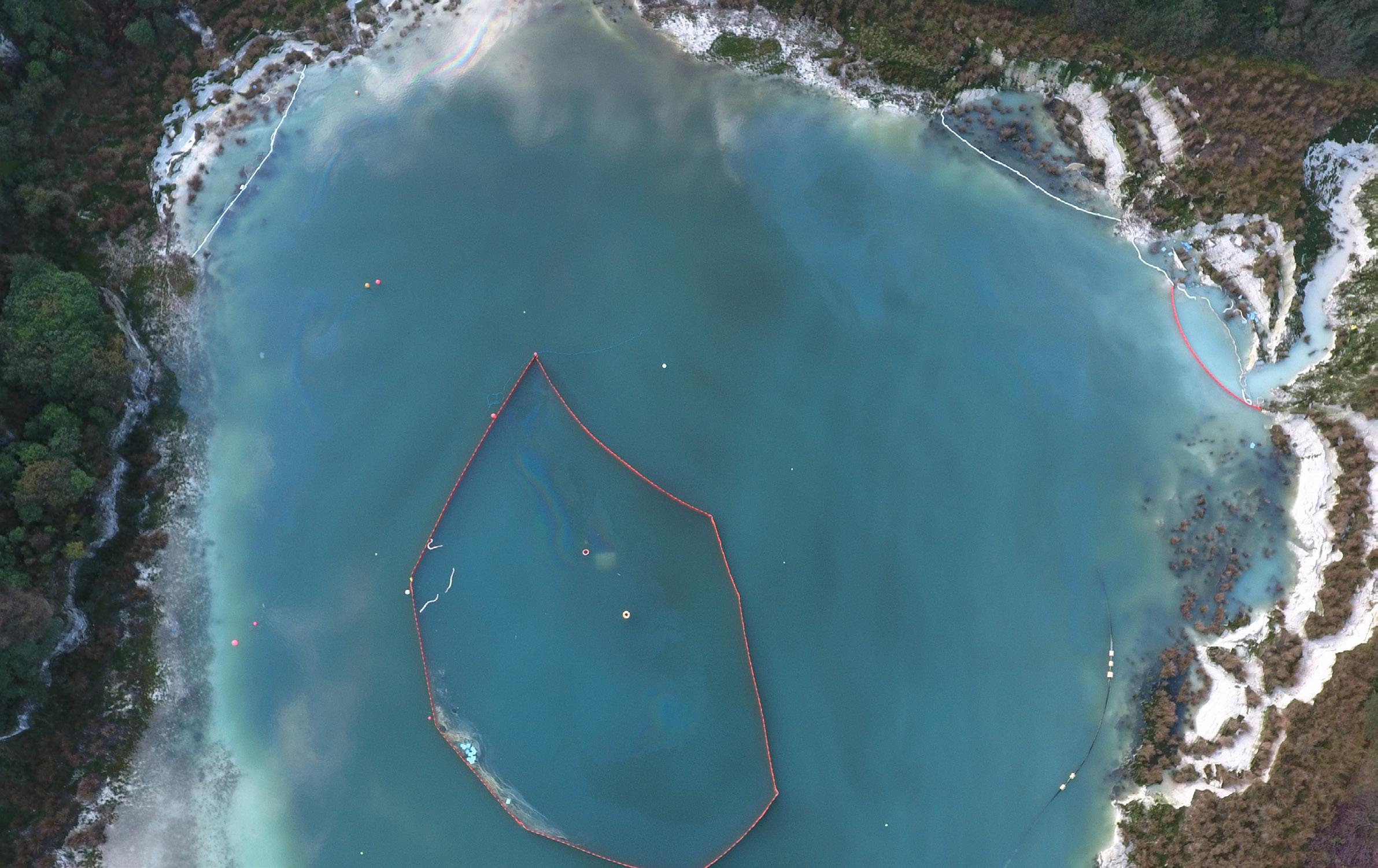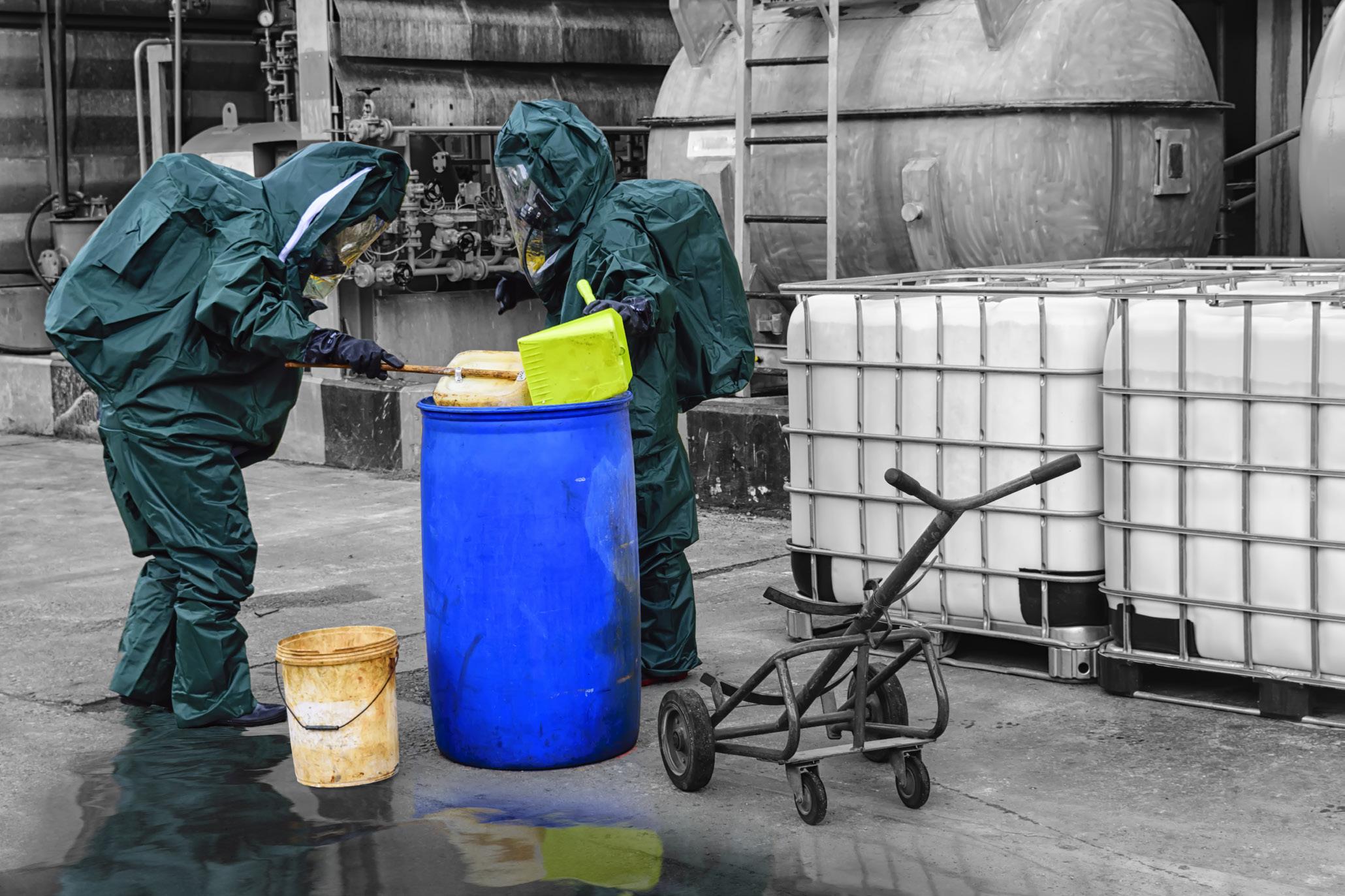
8 minute read
SIGNIFICANT DERAILMENT AND FUEL SPILLAGE IN SOUTH WALES
Every day a locomotive pulls up to 30 railway tank wagons with fuel from Puma Energy’s terminal at Milford Haven, on the south west corner of Wales, to its two regional inland terminals at Westerleigh (near Bristol) and Theale (Reading). Each of the wagons carry up to 80,000 litres of fuel (diesel, petrol, kerosene, aviation fuel).
This is not unusual. In the UK most fuel is moved from terminals on the coast to inland sites by rail and there are up to 700 railway tank wagons operating safely on the UK rail network each day. Each wagon saves 3 HGV tanker clogging the road network and is a safer and more environmentally sustainable way of moving bulk fuel quickly and efficiently around the country. It is a tried, tested and heavily regulated process.
In this case, Puma Energy contract with a tank wagon owner, usually VTG (UK) or Touax, from whom they rent the wagons for 36 to 60 months. They appoint a haulier who supplies the locomotives that pull the tank wagons and manage the logistic aspects of rail movement. They engage a maintainer, certified by Network Rail to be competent, to maintain the tank wagons on their behalf. The railway tank wagons require periodic (8 year) and Intermediate (4 year) integrity testing and inspection of each wagon which is managed by the wagon owner who will use an accredited body eg. Bureau Veritas or Zurich to undertake this work. All other testing and maintenance is undertaken by the appointed maintainer. The maintainer conducts annual, monthly, weekly and daily inspections. The rail industry has a strong safety culture based around inspection and audit which does make this mode of travel very safe. However, in this case something quite unusual appears to have happened!
About 23:15 hrs on 26 August 2020, train 6A11, the 21:52 hrs freight service from Robeston (Milford Haven) to Theale, conveying 25 tank wagons, each containing up to 75.5 tonnes of diesel or gas oil, derailed on the ‘Up District’ line near Llangennech, in Carmarthenshire.
The derailment and the subsequent damage to the wagons resulted in a significant spillage of fuel and a major fire. The driver, who was unhurt, reported the accident to the signaller who immediately closed the line to all other rail traffic.
Subsequent examination of the site revealed that a total of 10 wagons (positioned 3rd to 12th in the train) had derailed, and that around 330,000 litres of fuel had been spilt.
The fire was tackled by the fire service, who ordered the evacuation of local residents due to concerns for their safety. Local people reported seeing successive plumes of flame and smoke for several hours and a strong smell of fuel.
Immediate response was provided by Adler and Allan who were appointed by Puma Energy, who were promptly on the scene. The fire made it much harder to attend to the spill as the fire service created an exclusion area of several hundred metres around the site due to the risk of further fires and the necessity to cool wagons still with fuel on board to avoid their spontaneous combustion. This exclusion lasted two and a half days. The fire is estimated to have consumed some 116,000 litres of diesel with a further 214,000 litres spilled.
A further complication is that in a derailment no access is permitted close to any wagon until it is assessed as or made stable by the Rail Safety Team. With 10 derailed wagons to assess and stabilise this created a further delay in gaining access to remove fuel within the derailed tank wagons.
The derailment occurred on an elevated section of the track so the exclusion area included the ditches and streams some 10-15m beneath the derailed wagons. Consequently, a large area, critical to containment and recovery of lost product, was closed to the responders. This meant another significant delay.
Adler and Allan had some initial assistance from Ambipar and OSRL related to the impact of the lost fuel on the Lougher estuary which is noted for its natural diversity and shellfish beds.
The pictures from the scene were startling. The fire at night making it more so.


Right-hand leading wheel of third wagon, on its side after the derailment, showing flat spot on wheel tread and false flange (RAIB)

The rail line borders the Lougher Estuary which has many cockle beds and is a minor fishery. As a precaution these were closed and remained so until water quality monitoring and shellfish sampling indicated that they were safe to consume.
Regrettably due to the necessary delays in access to the site fuel did reach the lower parts of the estuary. On the 29 August Natural Resource Wales published a map showing that the fuel had reached as far as Crofty, some 10 miles from the spill site.
As part of their major incident plan Natural Resource Wales convened the Wales Environment Group which included representatives from Public Health Wales, Food Standards Agency, Carmarthenshire, Swansea and Pembrokeshire county councils, Welsh Government Fisheries Department, Maritime Coastguard Agency and Centre for Environment, Fisheries and Aquaculture Science (CEFAS). Its role is to monitor and manage the environmental impact of the spill and to help co-ordinate an appropriate response and mitigation strategy whilst managing any public health impacts and to guide the actions of organisations in minimising the impacts on people and nature. Consequently the fishery was closed for a period.
CEFAS carried out daily modelling of the likely spread of diesel which showed small concentrations reaching the outer estuary, which was proved by observations of oil sheen on the high tide on the south side of the outer estuary, west of Crofty. However they estimated that almost half of the diesel that escaped into the estuary has either evaporated or biodegraded.
By 8 September all wagons had been removed from site which allowed the removal of rail infrastructure, tracks, sleepers, signalling and signage etc, allowing access to the ballast which always retains product. It also enabled clearing of vegetation on the estuary side of the track and to put retention measures in place 24
prior spring tides pulling more product away from the site and into the estuary.
By the 18 September the site was clear of all obstructions and the full mitigation plan could be implemented.
Meanwhile as this was a derailment, the Rail Accident Investigation Branch (RAIB) had to carry out an investigation into its cause prior to wagons and equipment being removed from the site.
Brake group on TEA wagon (RAIB)
RAIB published their initial findings on 21 September and found that although all the wheels of the train were probably rotating freely when the train left Robeston, at some point during the journey the brakes on all wheels of the third wagon of the train had become applied, and remained so until the derailment. While three of the four axles of this wagon continued to turn, although their brakes were dragging, the leading axle ceased to rotate altogether, and consequently a flat spot around 230 mm long developed on each of the wheels on this axle. There was a substantial ‘false flange’ (a raised lip on the outer side of the wheel tread) associated with these flat When the train reached the crossover at Morlais Junction, travelling at about 30 mph (48 km/h), the false flange on the right-hand wheel caught on the converging stock rail and distorted the track, leading to derailment of both wheels. Around one hundred metres further on, the partly derailed wagon encountered facing points set to route the train to the right. The locomotive and the two leading wagons went to the right and the derailed third wagon went straight ahead. The third wagon turned over onto its right-hand side and became detached from the wagon in front of it. This caused the points and the track beyond them to be destroyed, and derailment of another nine wagons followed.
In a subsequent Urgent Safety Advice released on 5 November the RAIB stated that:
‘Examination of the brake group on the third wagon (TEA wagon GERS89005) found that the relay valve was loose on the pipe bracket. A sealing ring from one of the ports in the mating face had migrated
to a position where it lodged between two other ports, distorted the sealing rings of those ports, and probably created a route for air to pass directly from the auxiliary reservoir to the wagon brake cylinder. This would have had the effect of applying the brakes on the wagon, producing the result described above.

The ECM (maintainer) for the wagon was unable to identify with any degree of certainty where and when the fastenings of the relay valve had last been disturbed. However, this may have taken place during routine repairs in the sidings at Robeston terminal or during scheduled maintenance elsewhere. There was no record of any
check on the tightness of the fastenings ever having been made, and no process requiring such checks or provision of any measures, such as witness markings, which would have indicated that fastenings were becoming loose.
This incident has had significant consequences for rail movements having closed the principal south wales main line, causing a lengthy rail diversion and coach movements to be in place. At the time of going to press the line is still closed and infrastructure has yet to be reinstalled. The disruption has therefore been considerable.

The remediation has been considerable and continues.
We will continue to follow this incident and publish what we can about it. (All sources used in this article are in the public domain. No one has been interviewed and no opinion has been sought from any response company, company involved in the incident, agency or consultancy. We have chosen to publish as this is a major response incident of interest to our membership and the readers of this publication.)
The images used in this article and the montage of images on the rear cover page are of the derailment site taken once the fire was extinguished. Credit Media Wales


